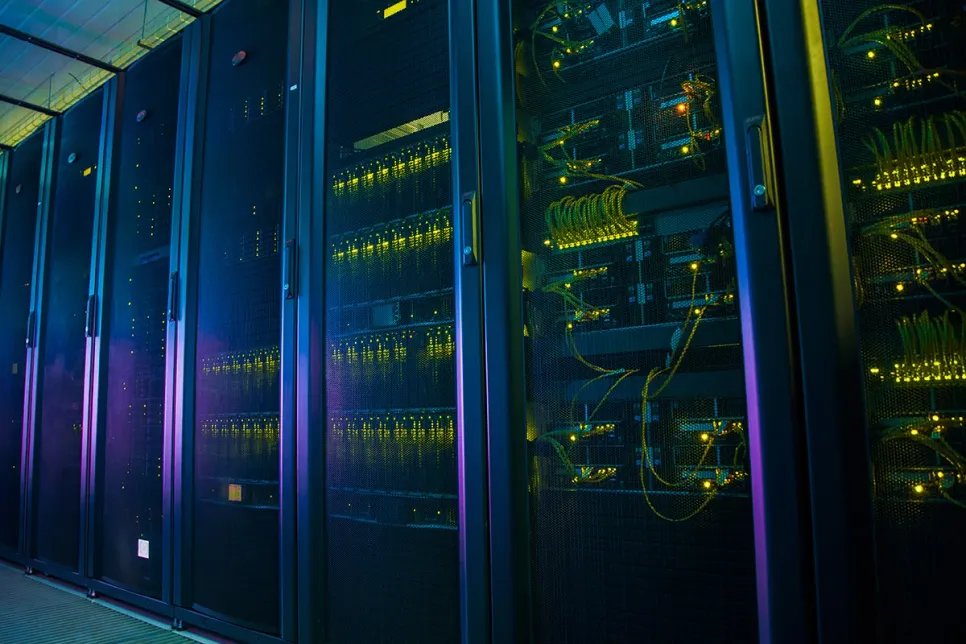eCommerce Market to Reach 440 Billion Transactions by 2030
A new study by Juniper Research has found that eCommerce payment transactions will exceed 440 billion globally by 2030.

Schneider Electric unveiled findings from a newly commissioned IDC White Paper entitled, Succeeding at Digital First Connected Operations. It highlights the power of edge computing in enabling the shift to a digital-first world.
The white paper details responses from over 1,000 IT and operations professionals across industrial, healthcare, education, and other verticals as well as a series of in-depth interviews with industrial enterprises. Respondents were global, representing firms in the US, China, Japan, Germany, UK, India, and Ireland. The organizations ranged in size from 100 to more than 1,000 employees.
“As organizations seek to create new or improved experiences for customers and to become more operationally efficient, improve safety and security, and become more sustainable, they are leaning more on digital technologies. The white paper examines the crucial role that edge computing and edge deployments play in enabling digital-first, connected operations,“ says Chris Hanley, SVP at Schneider Electric. “It highlights strategies that IT professionals and decision-makers can adapt to future proof their edge computing capabilities to support remote, connected, secure, reliable, resilient, and sustainable operations.“
When organizations were asked why they were investing in edge computing to support these workloads, respondents cited, “improve cybersecurity“ (50%) and “systems resiliency and reliability“ (44%). Yet, there are various challenges that organizations must overcome to ensure their edge infrastructure, and thus, their connected operations, are resilient and reliable. Despite the promise of the edge, many organizations report connectivity and power outage concerns. 32% of respondents have experienced a “lack of connectivity or slow connectivity“ with their edge deployments. Further, 31% have experienced a “utility power outage or power surge lasting more than 60 seconds.“
“Resilient edge resources are the foundation for shifting to digital-first, connected operations,“ said Jennifer Cooke, Research Director fr Edge Strategies at IDC. “Organizations will become vulnerable if and when their technology fails. To future proof edge deployments, leaders must develop a strategy that addresses concerns, such as cybersecurity and connectivity issues, and ensures access to the skills required to maintain resilient edge infrastructures.“